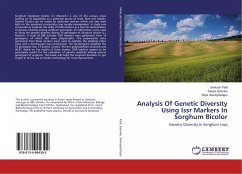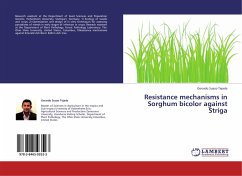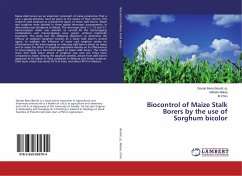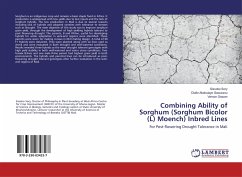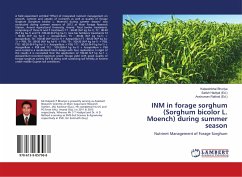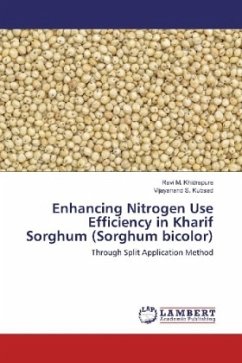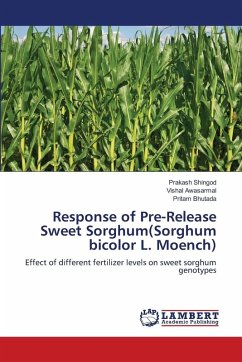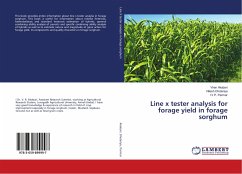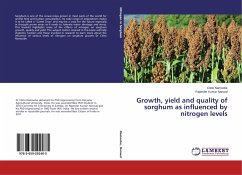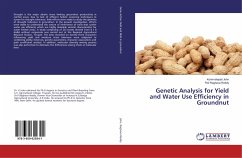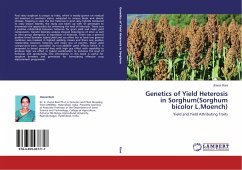
Genetics of Yield Heterosis in Sorghum(Sorghum bicolor L.Moench)
Yield and Yield Attributing Traits
Versandkostenfrei!
Versandfertig in 6-10 Tagen
55,99 €
inkl. MwSt.

PAYBACK Punkte
28 °P sammeln!
Post rainy sorghum is unique to India, which is mostly grown on residual soil moisture in southern states, subjected to various biotic and abiotic stresses. Keeping in view the low heterosis in post rainy hybrids compared to rainy season hybrids, the study was taken up with 41 genotypes to enumerate the approaches for enhancing the level of heterosis. There was a positive relationship between heterosis for grain yield and major yield components. Genetic diversity analysis showed importance of inter as well as intra group divergence in expression of heterosis. There was a general positive trend...
Post rainy sorghum is unique to India, which is mostly grown on residual soil moisture in southern states, subjected to various biotic and abiotic stresses. Keeping in view the low heterosis in post rainy hybrids compared to rainy season hybrids, the study was taken up with 41 genotypes to enumerate the approaches for enhancing the level of heterosis. There was a positive relationship between heterosis for grain yield and major yield components. Genetic diversity analysis showed importance of inter as well as intra group divergence in expression of heterosis. There was a general positive trend between hybrid yield and sca effect but at least one general combiner was involved in highest yielding crosses and there was positive relationship between heterosis and mean gca of parents. Major yield components were controlled by non additive gene effects hence it is proposed to breed parental lines with high gca effect with capability to produce high sca effect in hybrid combination to enhance the level of heterosis and productivity. The information in this book is useful for sorghum breeders and geneticists for formulating effective crop improvement programme.



